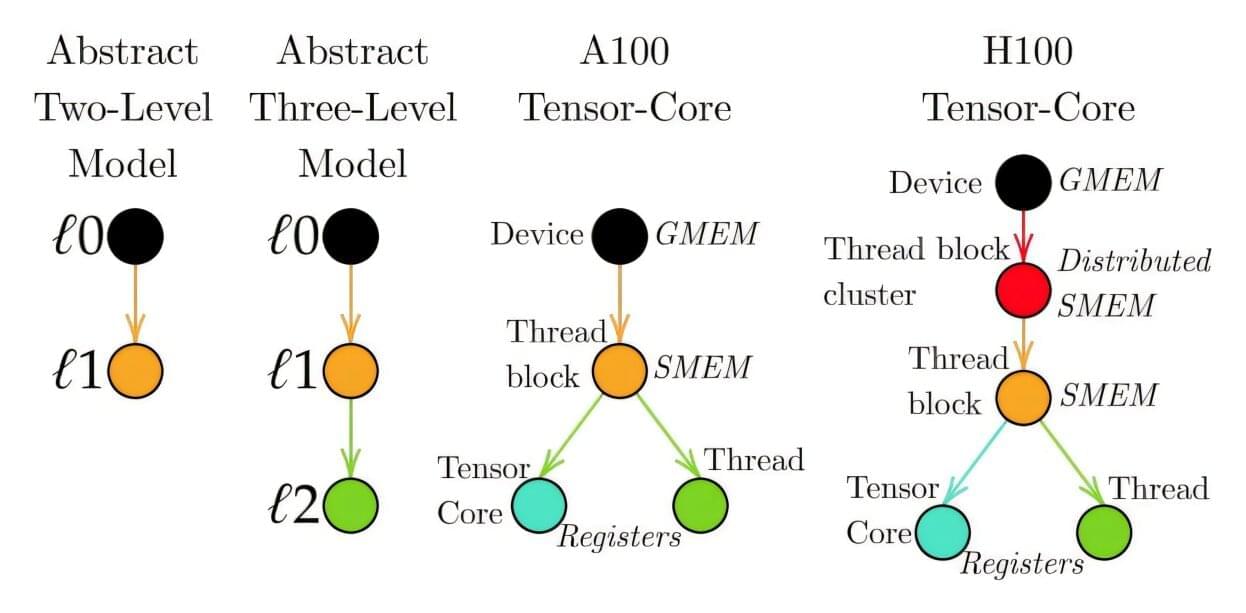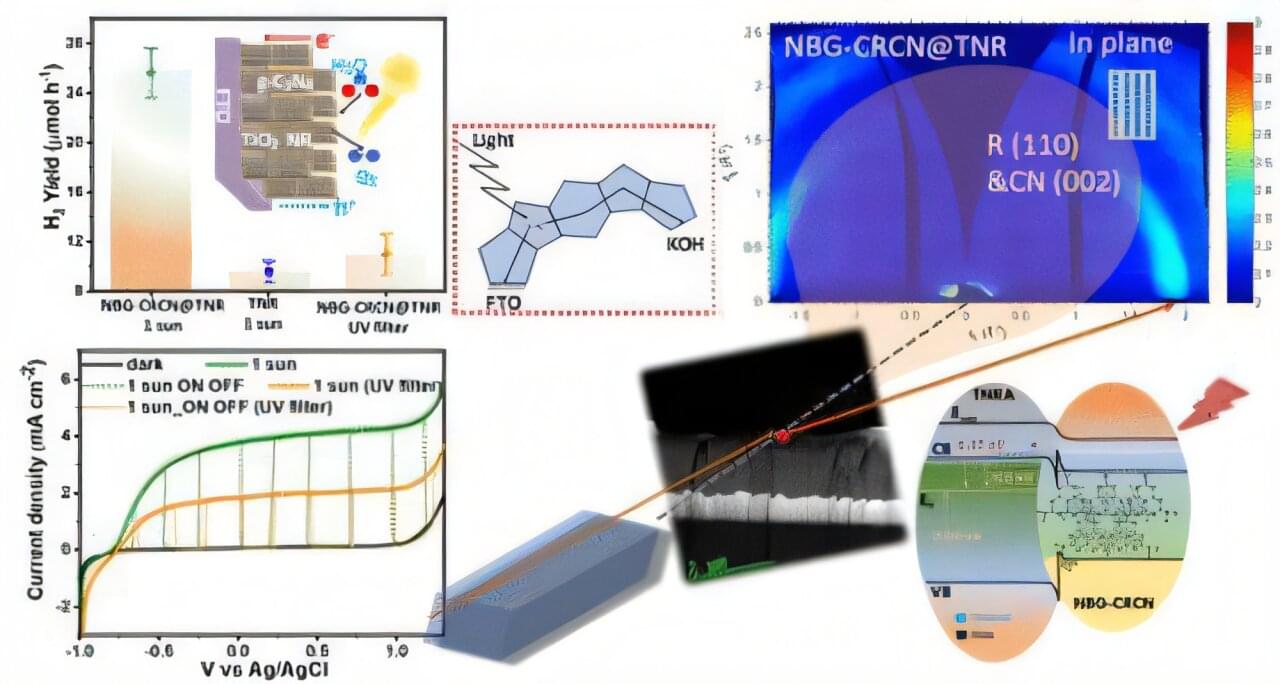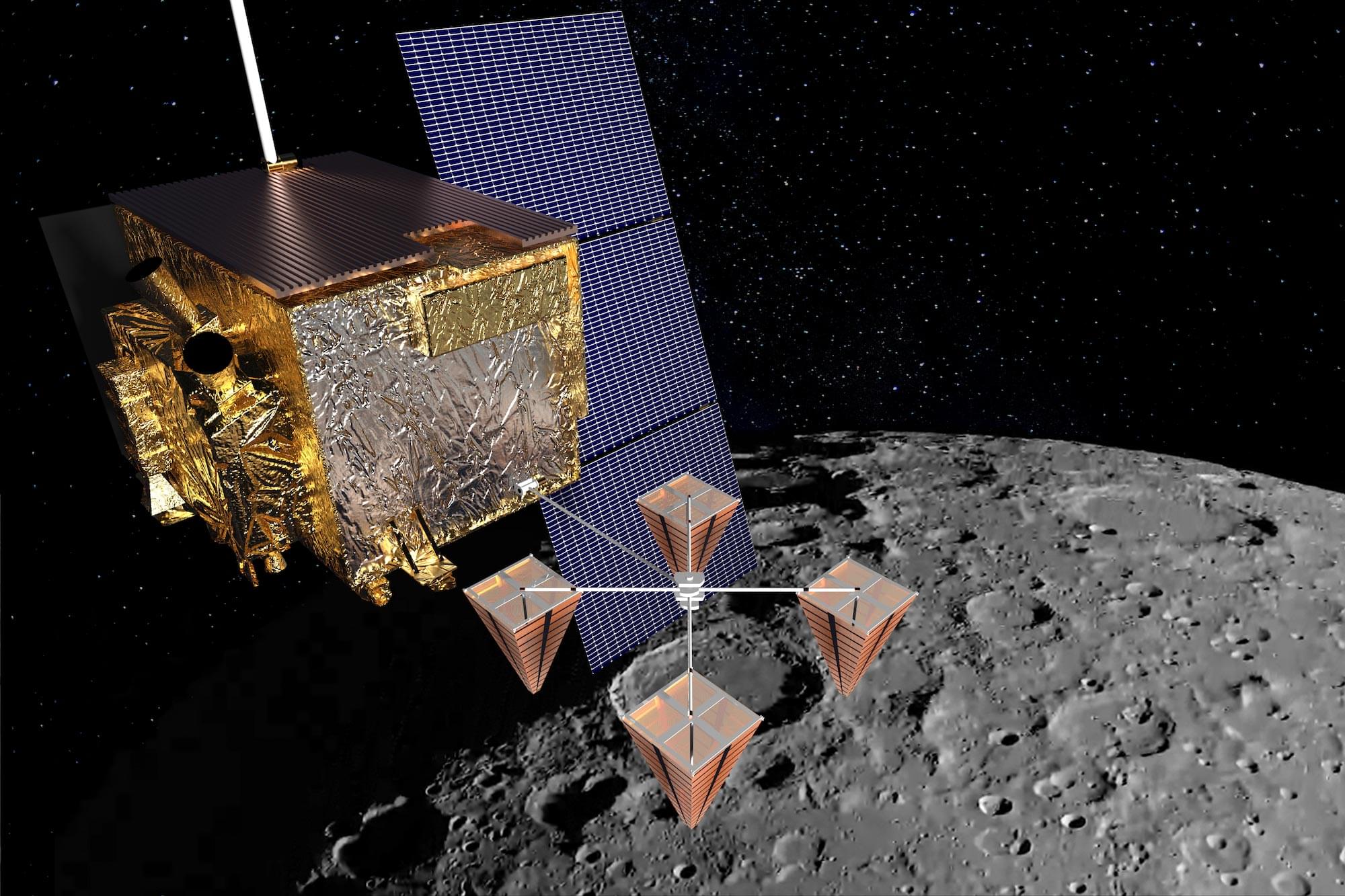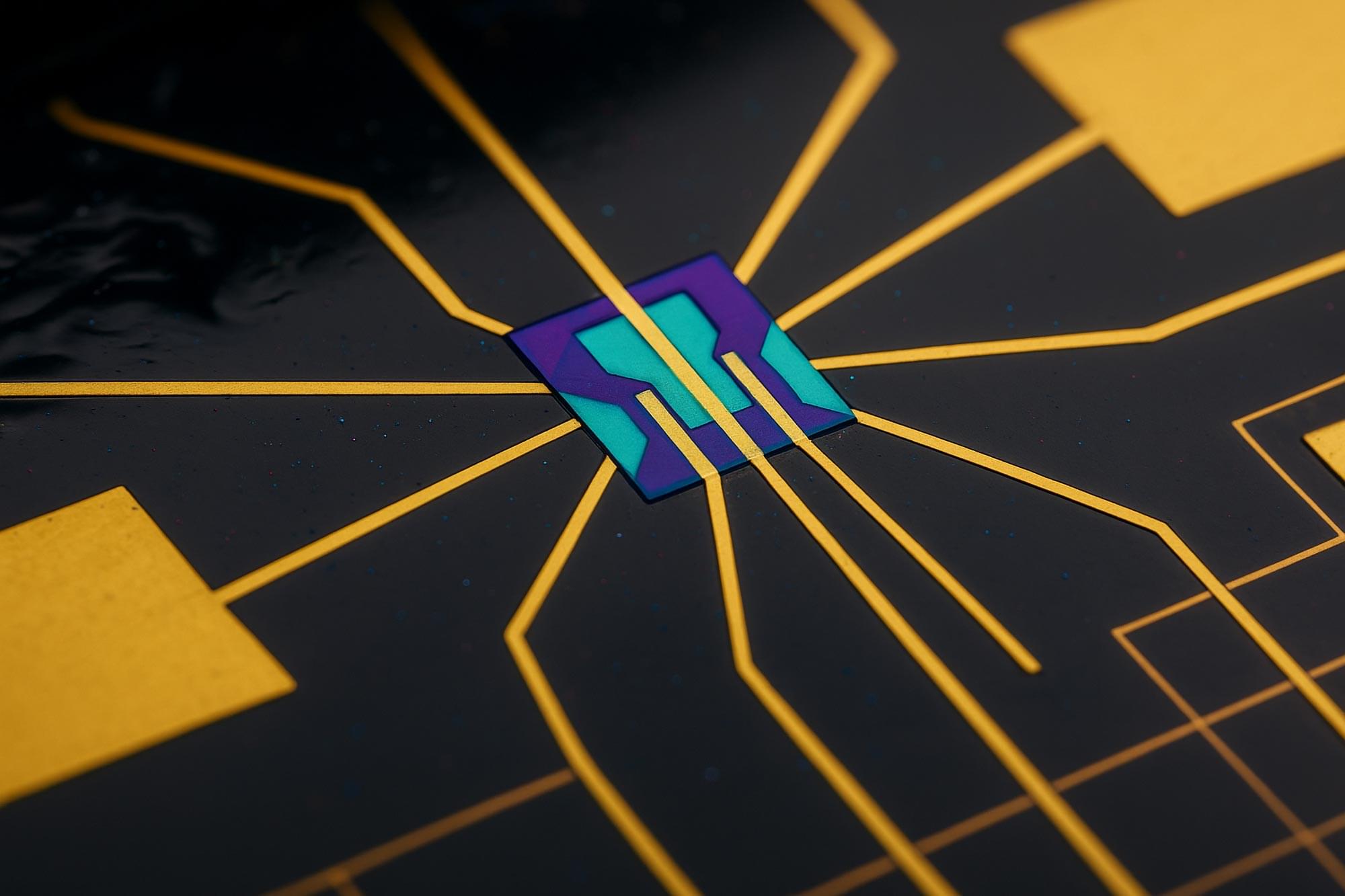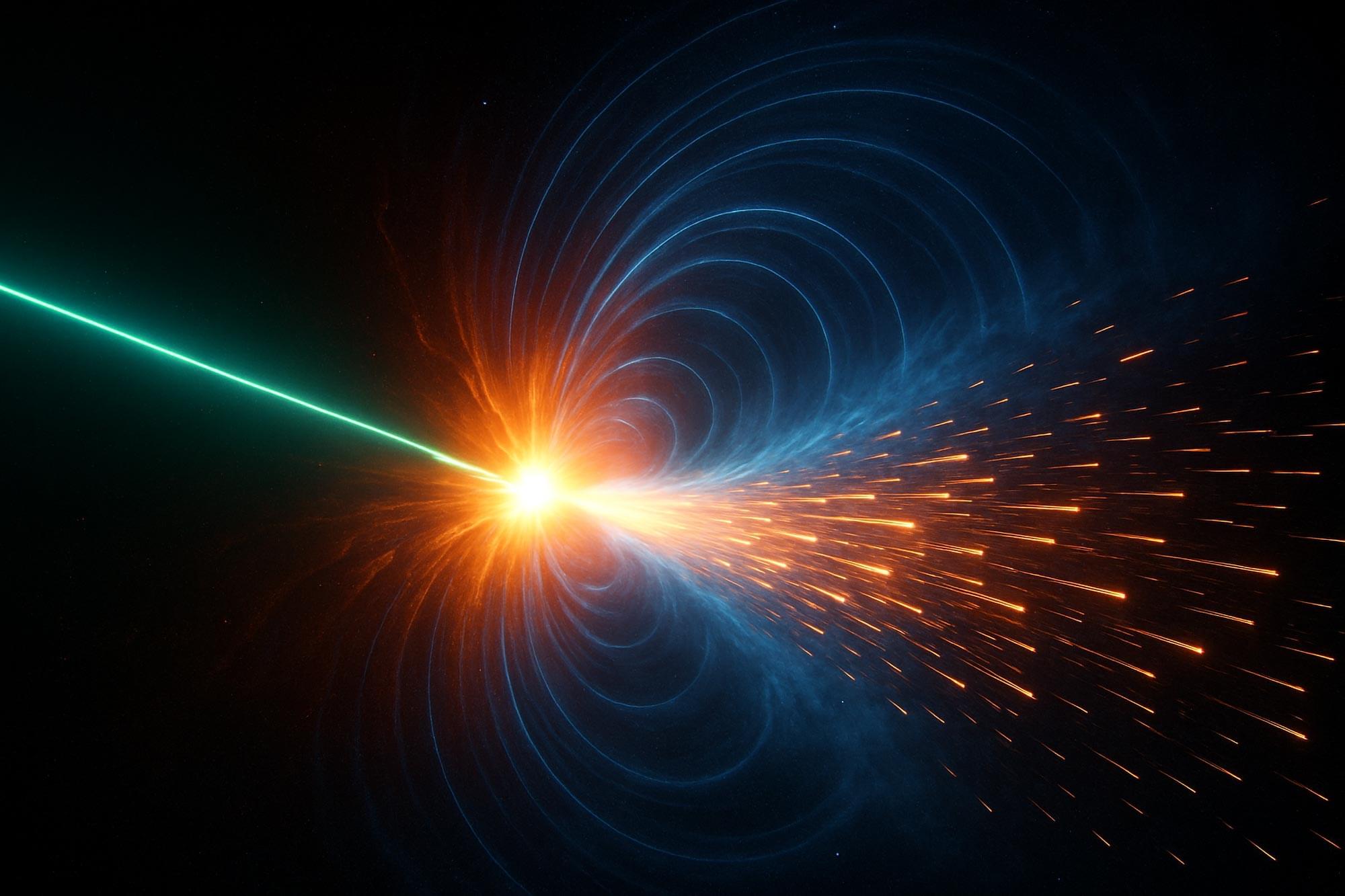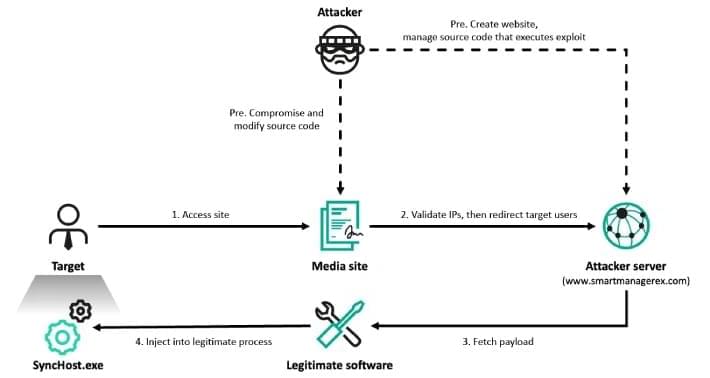Coordinating complicated interactive systems, whether it’s the different modes of transportation in a city or the various components that must work together to make an effective and efficient robot, is an increasingly important subject for software designers to tackle. Now, researchers at MIT have developed an entirely new way of approaching these complex problems, using simple diagrams as a tool to reveal better approaches to software optimization in deep-learning models.
They say the new method makes addressing these complex tasks so simple that it can be reduced to a drawing that would fit on the back of a napkin.
The new approach is described in the journal Transactions of Machine Learning Research, in a paper by incoming doctoral student Vincent Abbott and Professor Gioele Zardini of MIT’s Laboratory for Information and Decision Systems (LIDS).
